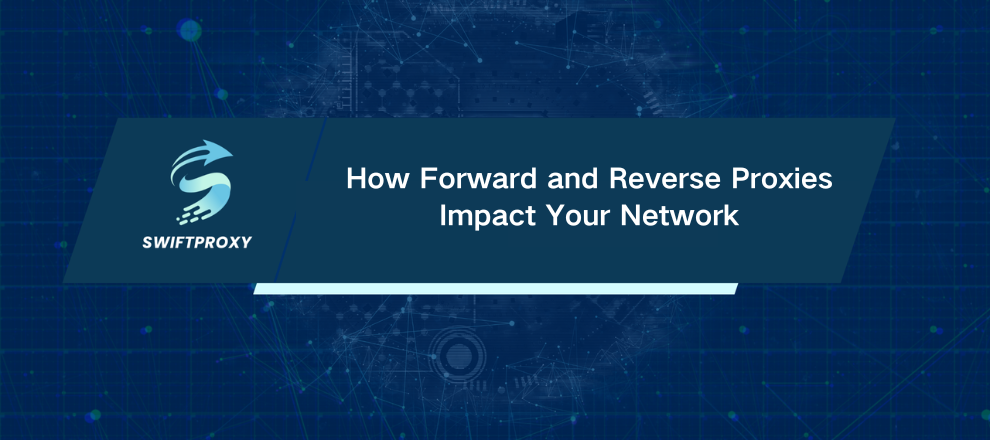How Forward and Reverse Proxies Impact Your Network

Web traffic never sleeps, and neither do the proxy servers keeping it smooth and secure. But not all proxies are created equal. Two heavy hitters dominate the scene: forward proxies and reverse proxies. Each plays a unique role. Each answers different challenges. And knowing when to use which can supercharge your network's efficiency — or put your privacy and performance at risk.
Let's dive deep into what sets these proxies apart, and how they can make a real difference in your digital operations.
Understanding Proxy Server
Think of a proxy server as the traffic controller of the internet highway. It stands between your device and the web, managing requests and responses to ensure they flow safely and efficiently.
There are two key ideas here:
Middleman: It's an extra step between you and the internet. That might sound like a delay, but it's actually a powerful tool for managing how data moves.
Web entities: These are the players on the network stage—users and servers. Forward proxies serve users; reverse proxies serve servers.
Mastering Forward Proxy
Forward proxies work for you, the user. Imagine you want to visit a website, but without revealing who you really are. That's where the forward proxy steps in. It takes your request, sends it out under its own identity, and brings back the answer — shielding your real IP and details.
This "forward" action means your data moves out to the web through the proxy, keeping your online footprint private and secure.
Different Kinds of Forward Proxies
Not all forward proxies are equal. Here's the lowdown:
Residential proxies: These borrow IPs from real people's devices — desktops and mobiles — scattered worldwide. They're pricey, but worth every cent for tasks like web scraping. Why? Because they avoid the red flags websites often throw up, like CAPTCHAs or bans.
Datacenter proxies: Cheaper and faster, sourced from data centers. Great for simple tasks, but not ideal when you need stealth and reliability.
Real-World Uses of Forward Proxies
Anonymity: Hide your digital identity. Protect your privacy while browsing or working online.
Bypass Blocks: Geo-restrictions and censorship? Forward proxies get you through locked digital doors.
Data Gathering: Scrape the web without the headache of blocks and filters. Perfect for market research, SEO, price comparison, and more.
Mastering Reverse Proxy
Reverse proxies guard the backend — the web servers themselves. They handle incoming user requests, deciding how to route traffic, and send the server's response back to users.
Unlike forward proxies, reverse proxies protect the origin server by masking it behind another layer. Users don't see the server directly — just the proxy's face.
The Role of Load Balancers
Among reverse proxies, load balancers stand out. When traffic surges, they spread the load across multiple servers. No more crashes or slowdowns when your website suddenly gets popular.
Why Use a Reverse Proxy
Stability: Keep your site online, even when demand spikes.
Performance: Cache heavy content like images or videos so users get faster access without overloading your servers.
Security: Hide your server's details to thwart hackers and keep vulnerabilities at bay.
The Differences Between Forward and Reverse Proxies
Forward proxies put users first — shielding your identity and giving you access to the web's hidden corners. Reverse proxies put servers first — ensuring your website stays fast, secure, and resilient under pressure.
Each proxy type tackles different problems, but both are vital. Use forward proxies to boost privacy and data collection. Use reverse proxies to protect and optimize your servers.
The Bottom Line
Proxy servers are unsung heroes of the internet. Whether it's protecting your privacy or powering a stable website, understanding their differences can unlock huge advantages. Choose forward proxies for your browsing and data needs. Rely on reverse proxies to keep your servers running smooth and safe.
Master this, and you're not just navigating the web—you're controlling it.

















































